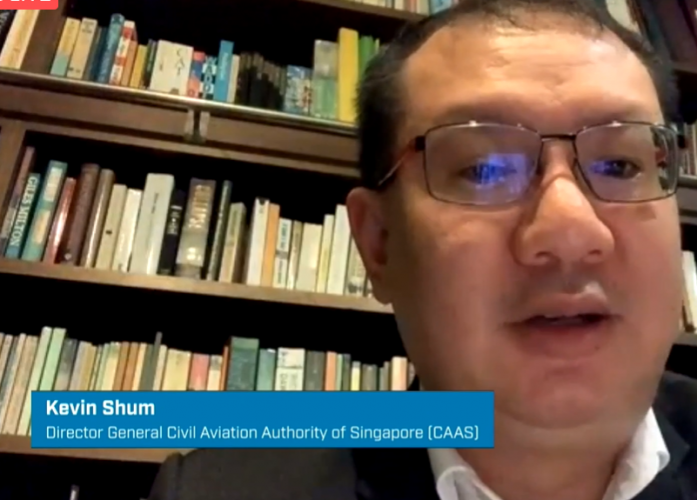Asia’s ability to make things happen to a timetable stems from close coordination at government level, said Duncan Walker CEO of Skyports, “It sounds simple, but it is rare in Europe and the US. We have projects in 14 cities around the world and we need to bring everyone on the journey at the same time.” The proof of concept demonstration in Singapore’s Marina Bay in October 2019 achieved more in a week than three years’ development work for the company that sees standardised operations as key to developing safe, useful, acceptable service at a low price point.
Air taxi company EHang has launched air taxi projects in four different Chinese cities where traffic on the ground is a major issue, and conducted the first pilotless air taxi flight in South Korea last week, said Felix Lee, EHang Overseas Director. “We are searching for more local partners to explore UAM together. It is impossible for us to operate outside China so we plan to work operators in the way we are working with Austrian airspace company FACC in Europe.” Lee says the service needs to be affordable, and has to a be global product.
In terms of developing an airspace in which unmanned vehicles, including drones, can co-exist with manned aircraft we still have a long way to go, according to Kevin Shum, Director General of Civil Aviation at the Civil Aviation Authority of Singapore (CAAS). “The technology is not ready, the procedures are not ready and quite frankly our mindsets are not ready.” We will first have to get regulators, operators and the public used to the idea of drones flying overhead and this will take time, he warned. “A large part of this will be about whether the aircraft themselves are safe. Right now, as aviation regulators, we have a very high threshold when it comes to safety. Drones currently do not meet this standard; we will need to work with drone manufacturers to see if it is possible to new drones which are able to meet the standards.”
“We try to strike a balance between too permissive and too restrictive measures,” said Senior Director Unmanned Systems Group Tan Kah Han. “Unmanned certification standards may be too overbearing, but nevertheless they are useful instruments. UTM is very important. If you expect drone use to be beneficial, UTM has to be there to address public safety and security. For us this is likely to be centralised – to control data inputs for planning for example – to address the air and ground risks in a highly congested area.” For this reason, he expects the shape and form of Singapore’s UTM will be different to other countries.
Singapore is pursing a “whole government approach” that includes the city and aviation stakeholders. This ecosystem draws on research facilities, industry input and government support. “We need to do a lot more exploration,” said Tan Kah Han. The regulator is also working closely with European and US standards agencies to move faster.
Skyports takes collaboration very seriously. “It is a complex problem we are all trying to solve,” said Duncan Walker. “We have regulators, airspace providers, and ground infrastructure all coming together, and this has to be viable form of transport for everyone in terms of price, service, social acceptance and regulation. There is no precedent.”




